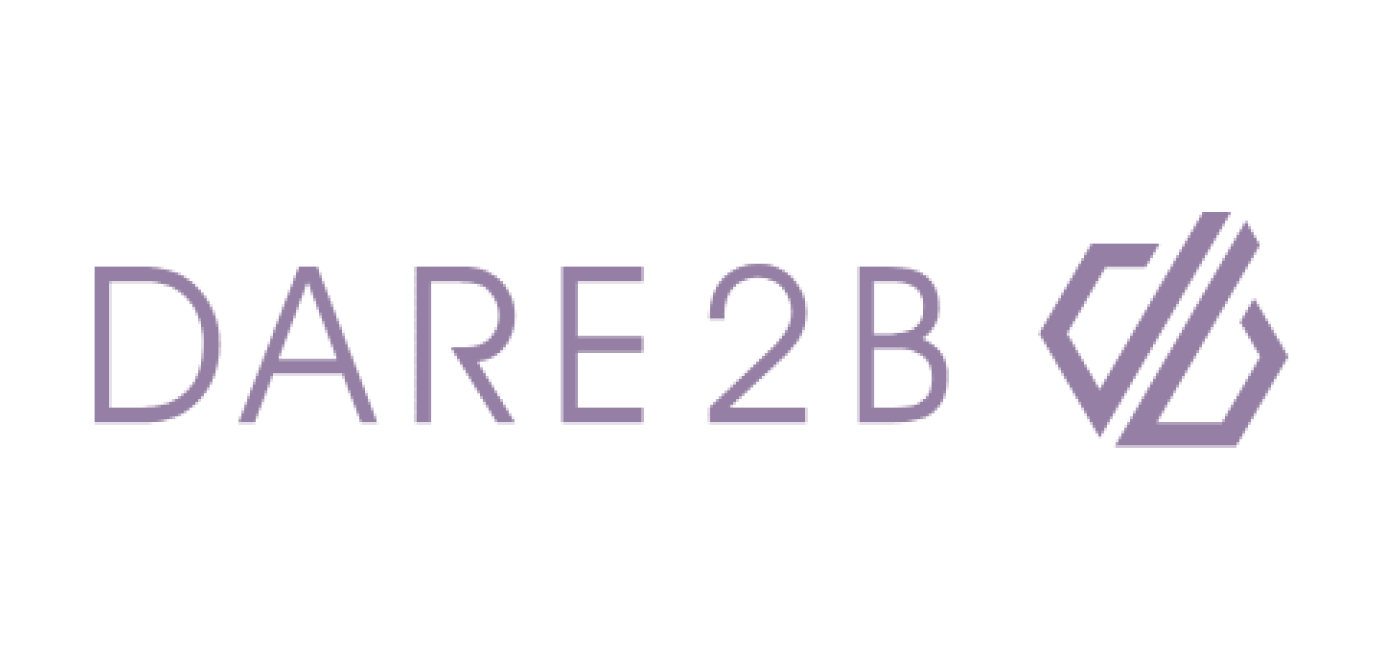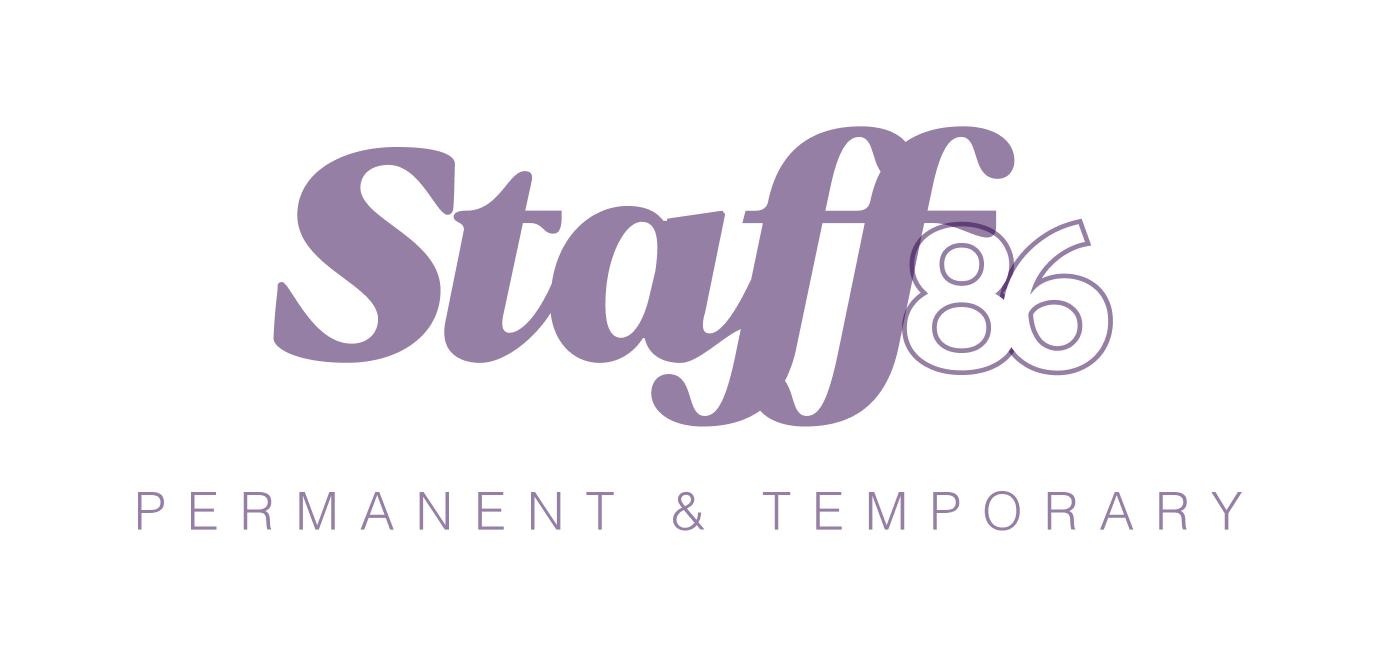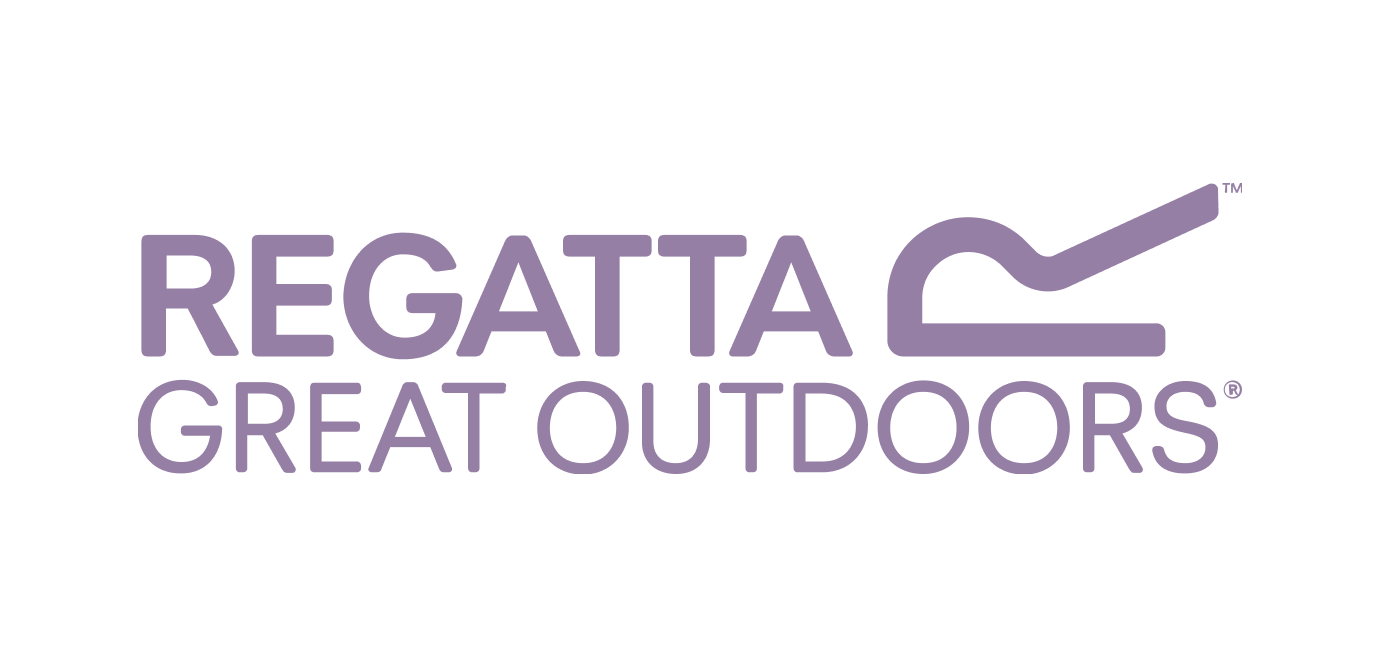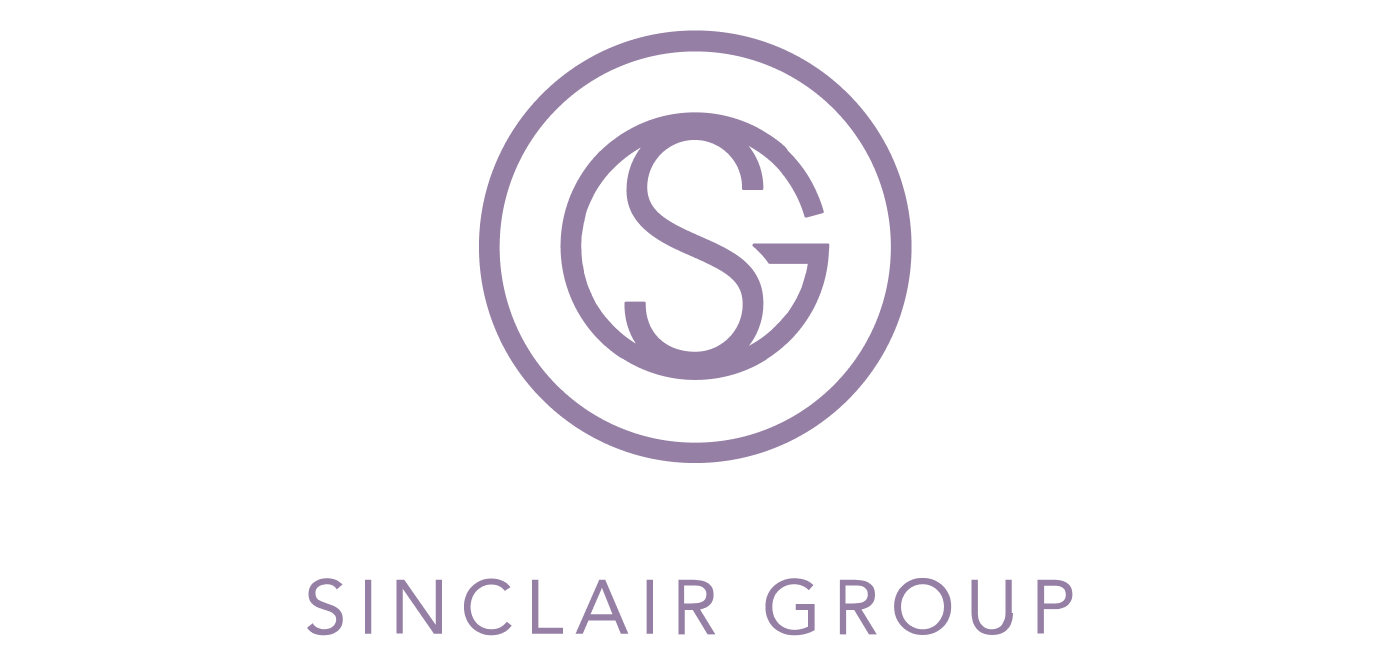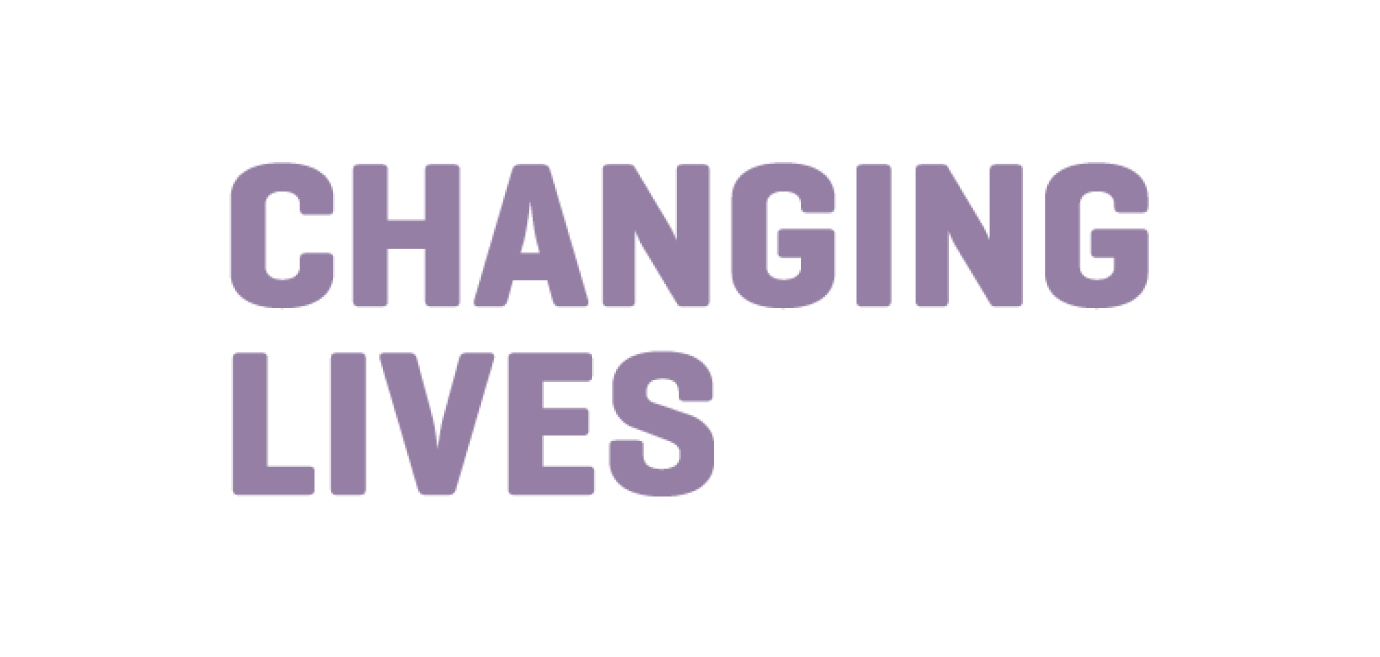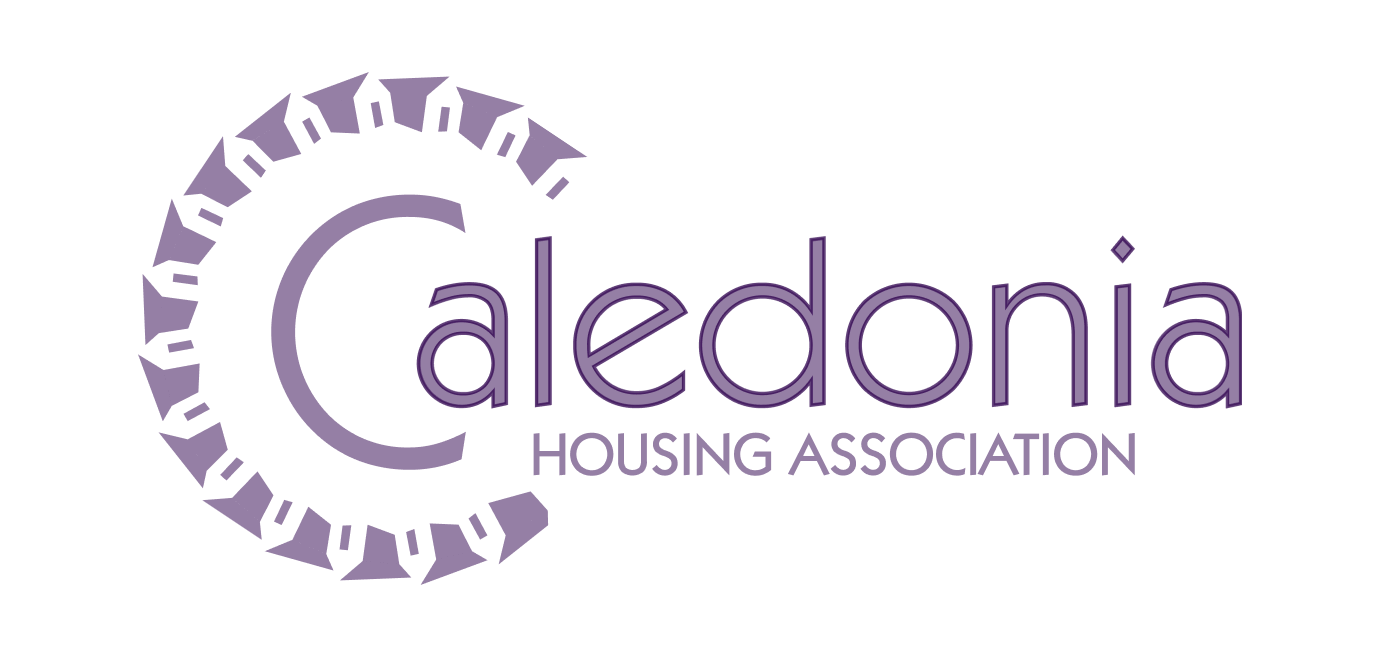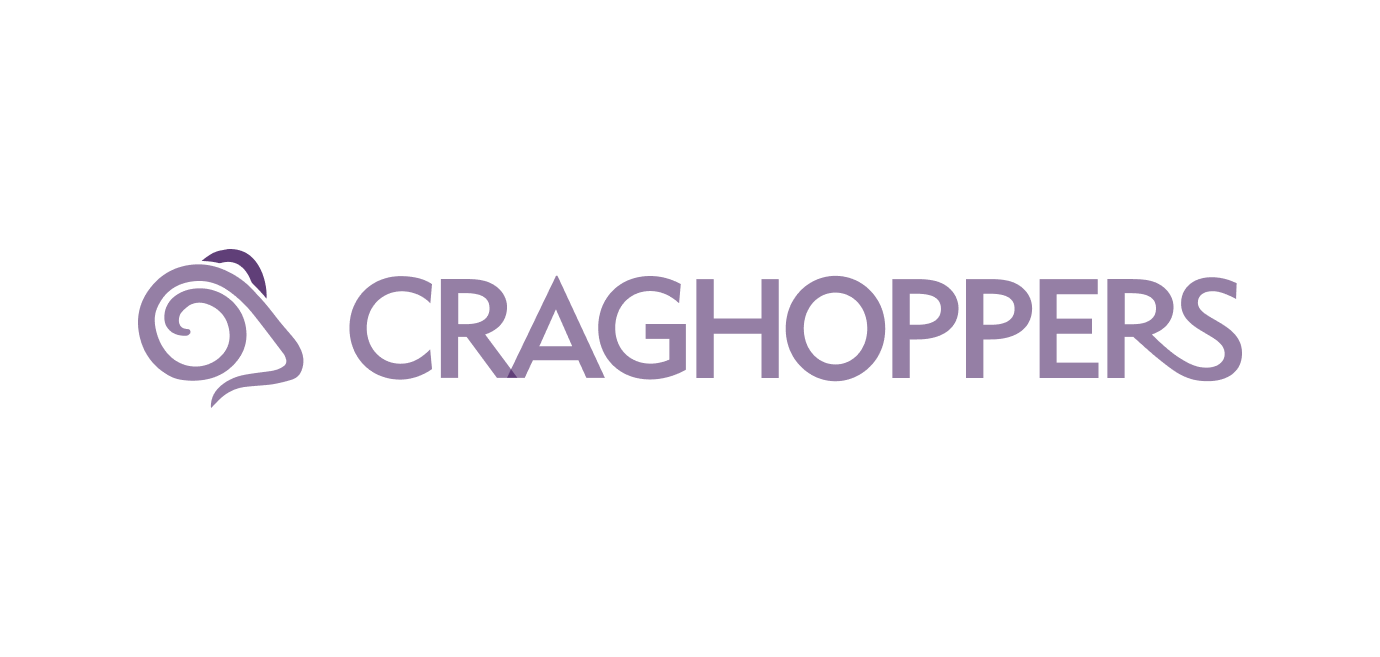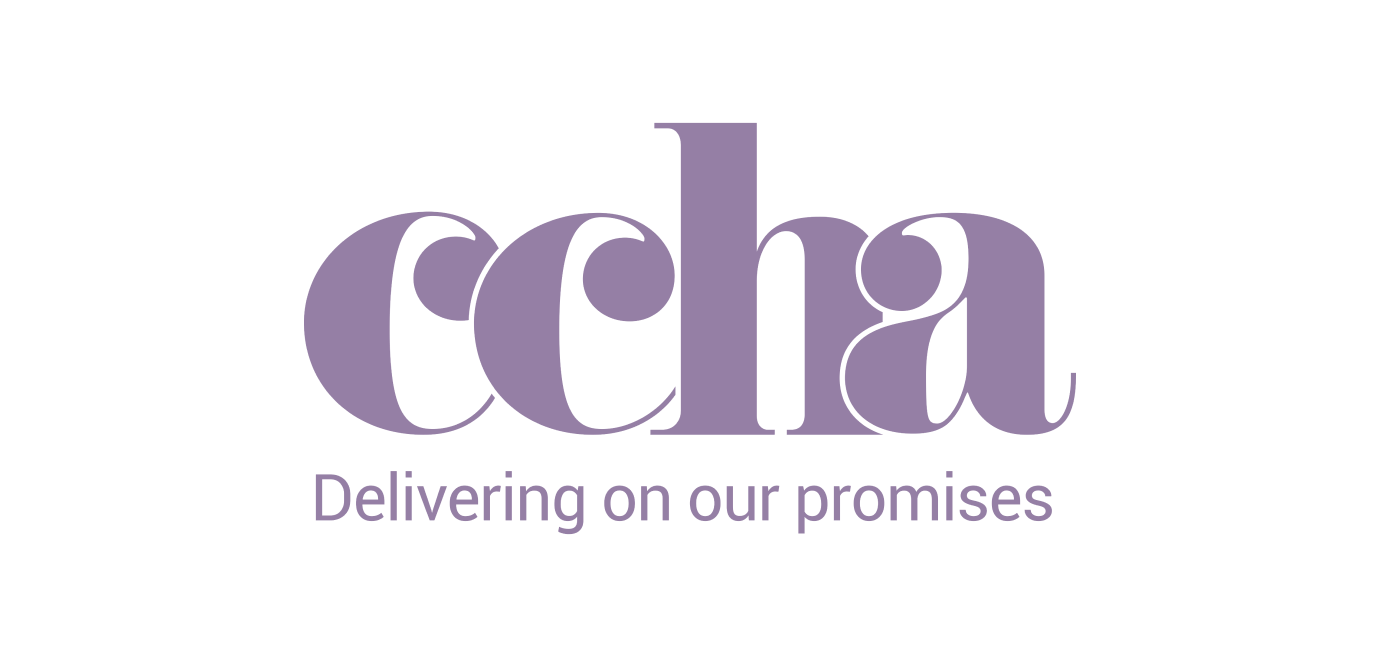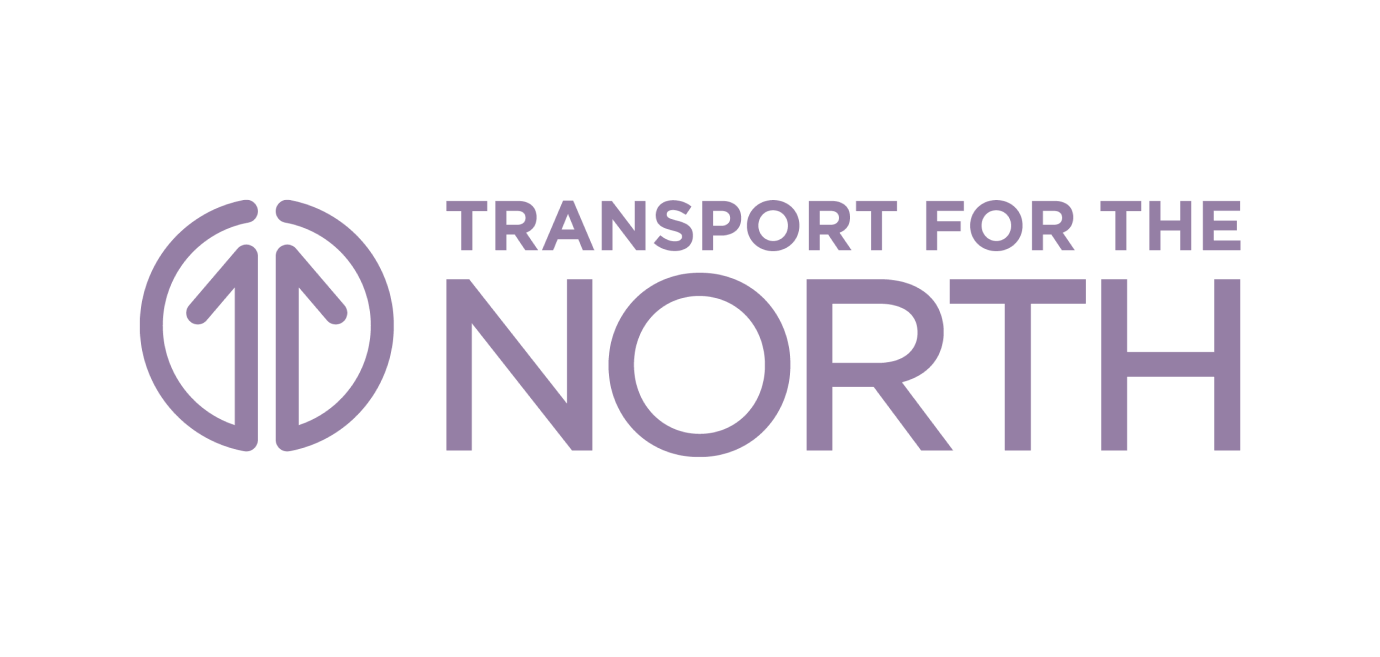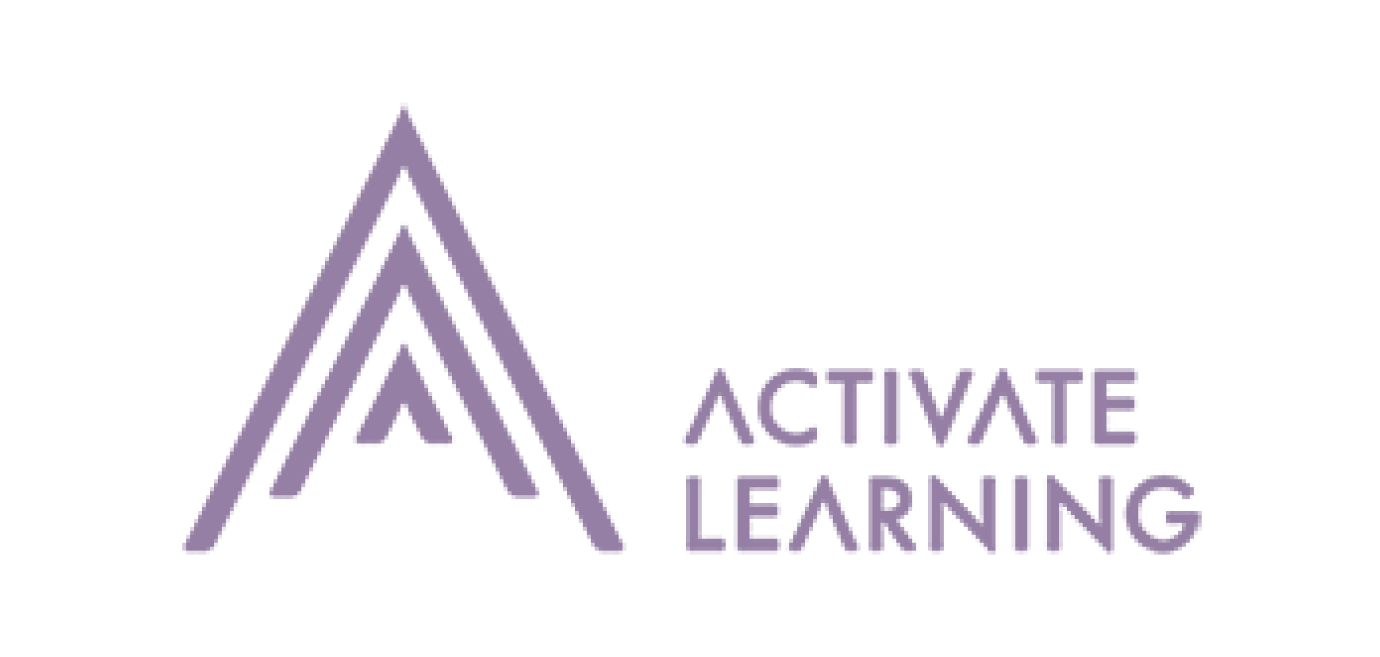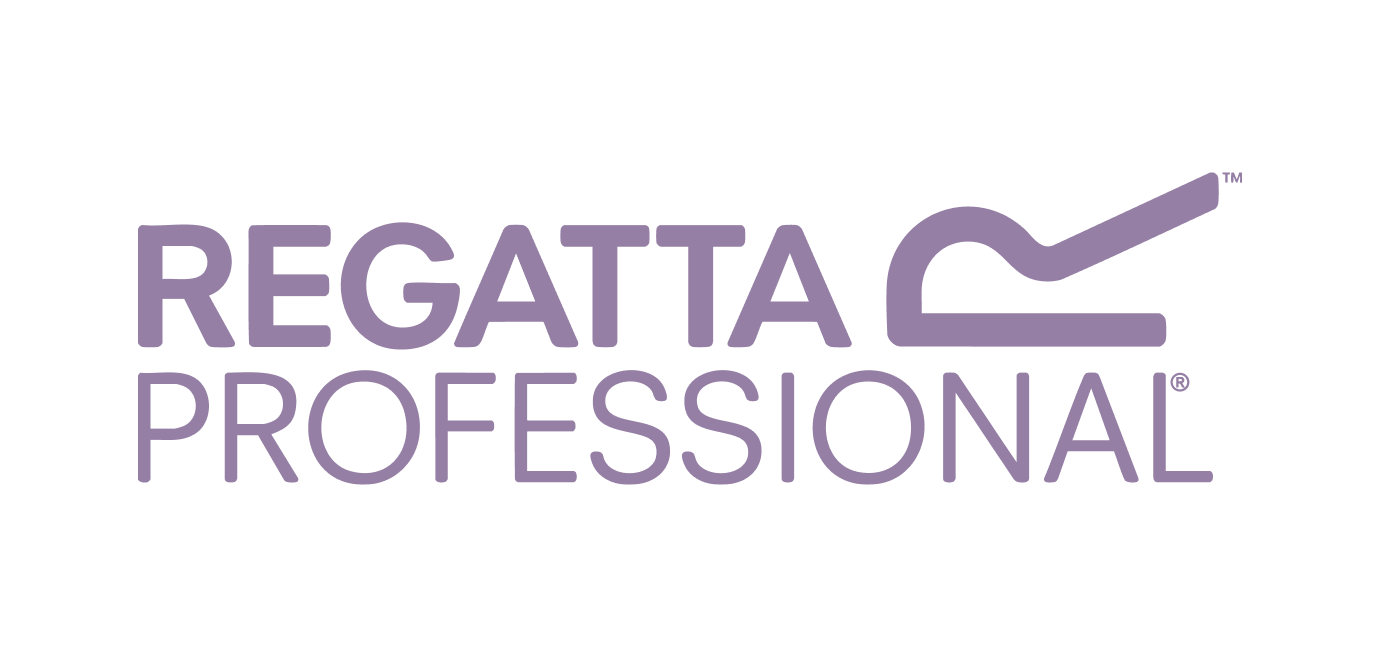Everything you need to hire confidently ,
,
all in one place
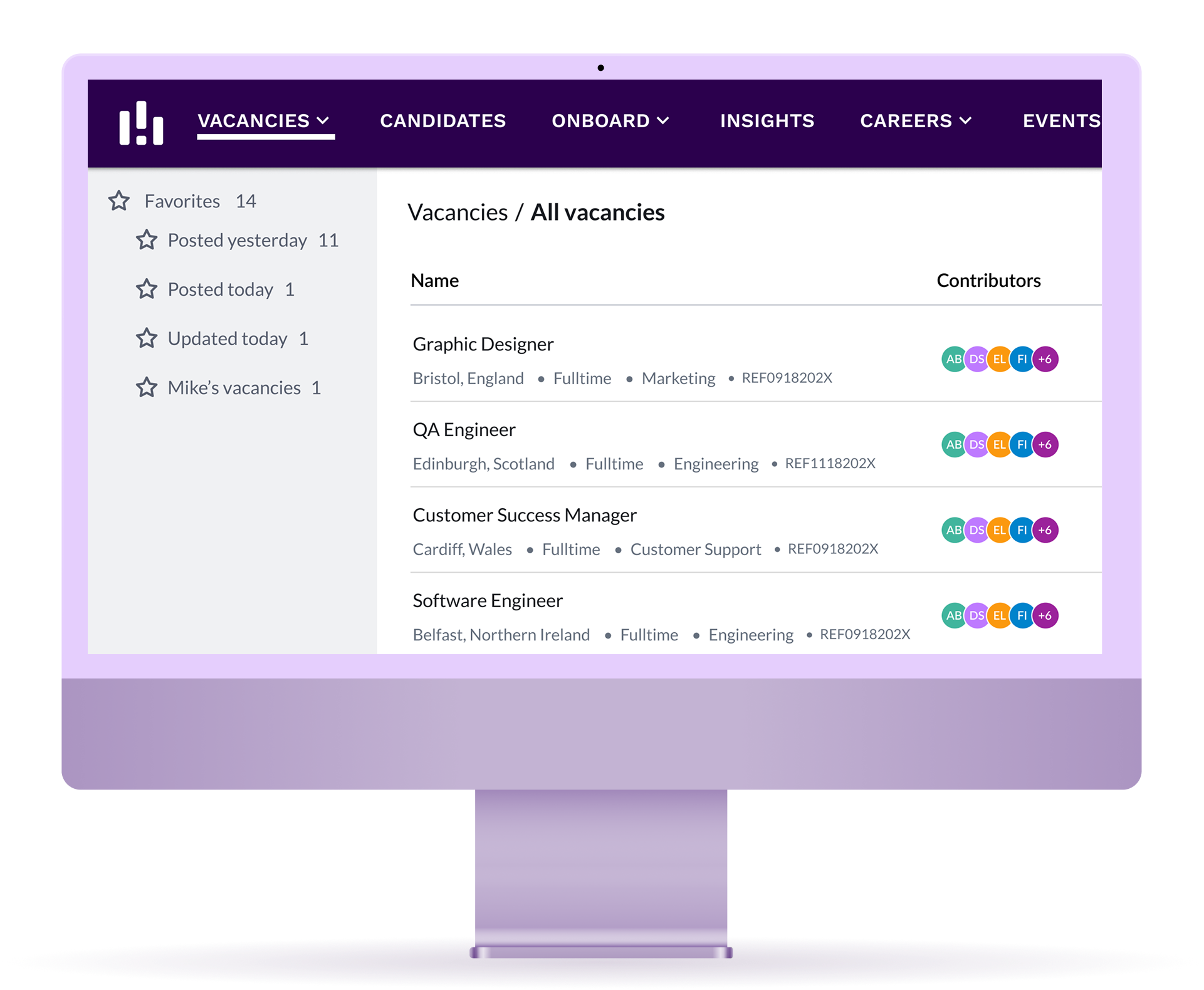
Why Choose Recruit by HireRoad?
You’ve got ambitious hiring targets— and you need a partner, not just a tool.
With Recruit by HireRoad, you get:

End-to-End Candidate Experience
With built-in onboarding plus DBS and Right to Work checks, Recruit helps you deliver a smooth, connected candidate experience without juggling extra tools.
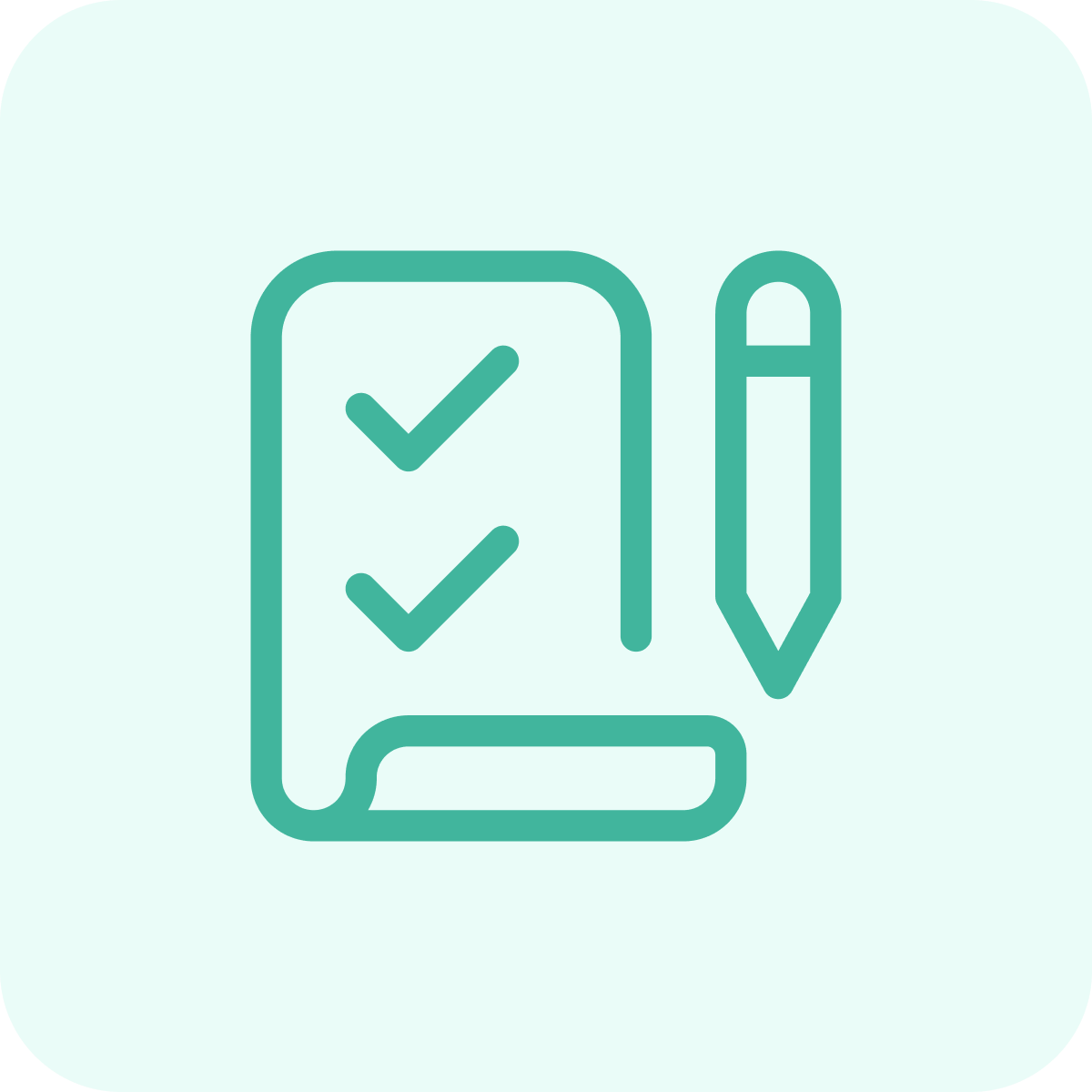
Fair & Compliant Hiring
Optional CV redaction and audit trails support fair, transparent hiring practices that protect both your brand and your candidates.
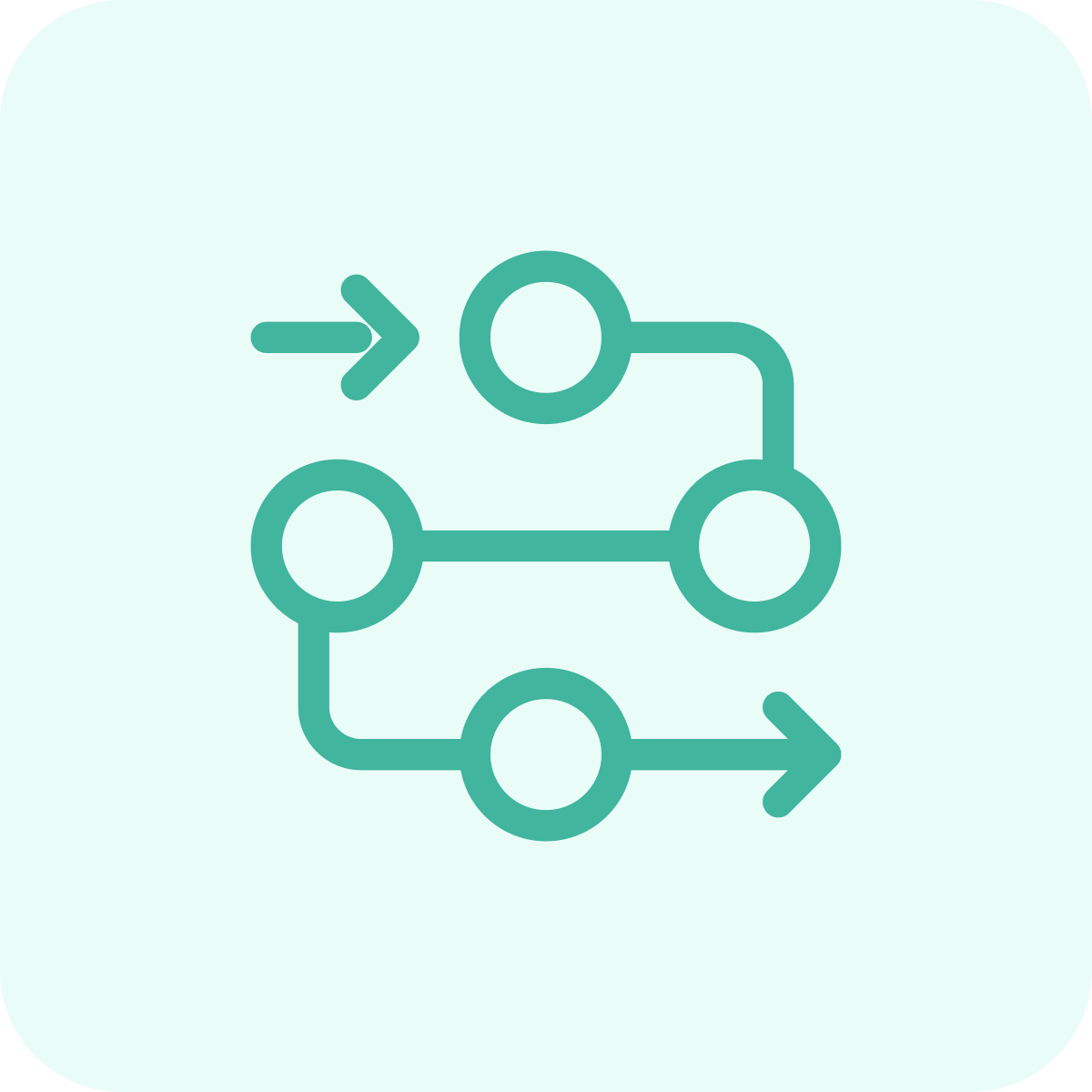
Smart Workflows, Built Around You
Automated, customizable workflows, from requisition to offer – built from real customer feedback to streamline hiring and save you time on manual processes.

Trusted, Experienced Partner
Recruit is more than software — it’s a partnership. Our experts support you at every stage, turning 20+ years of experience into practical guidance for your team.

Actionable Analytics
Built-in dashboards and visual analytics give instant insights into your pipeline, helping you spot trends and make faster decisions.

Scalable and Affordable
Right-sized for SMBs, Recruit delivers enterprise-grade capability without enterprise cost — helping you grow with confidence.
Your time is too valuable for manual hiring.
Recruit by HireRoad automates the busywork — saving up to 60 hours per hire, cutting costs by 30%, and speeding up time-to-hire by 40%.
Try it free for your first month and see the difference.
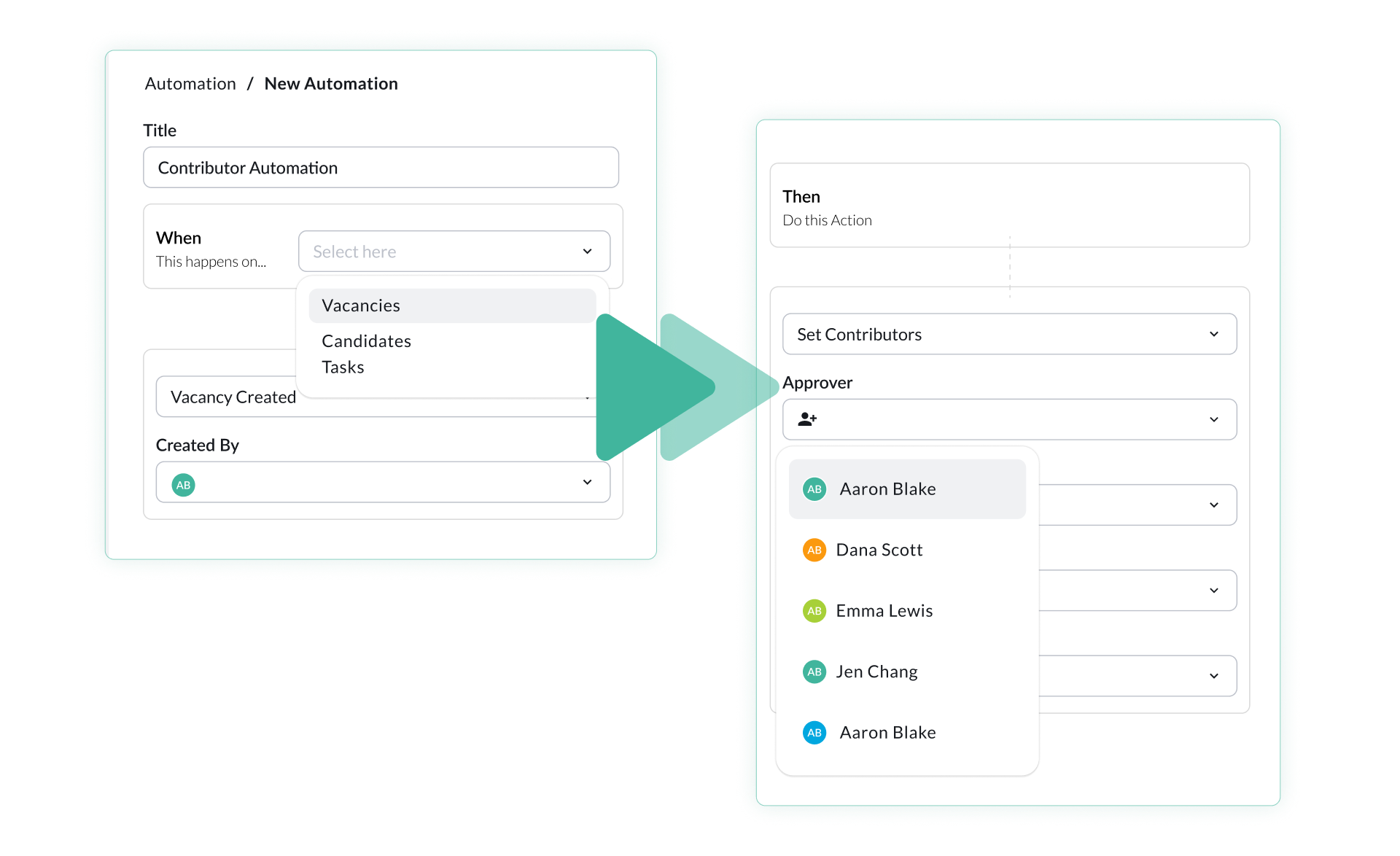
From Hiring Chaos to Clarity
Bring structure, speed, and confidence to every stage of hiring. Click through below to see how Recruit helps teams move from manual recruitment chaos to confidence and clarity.
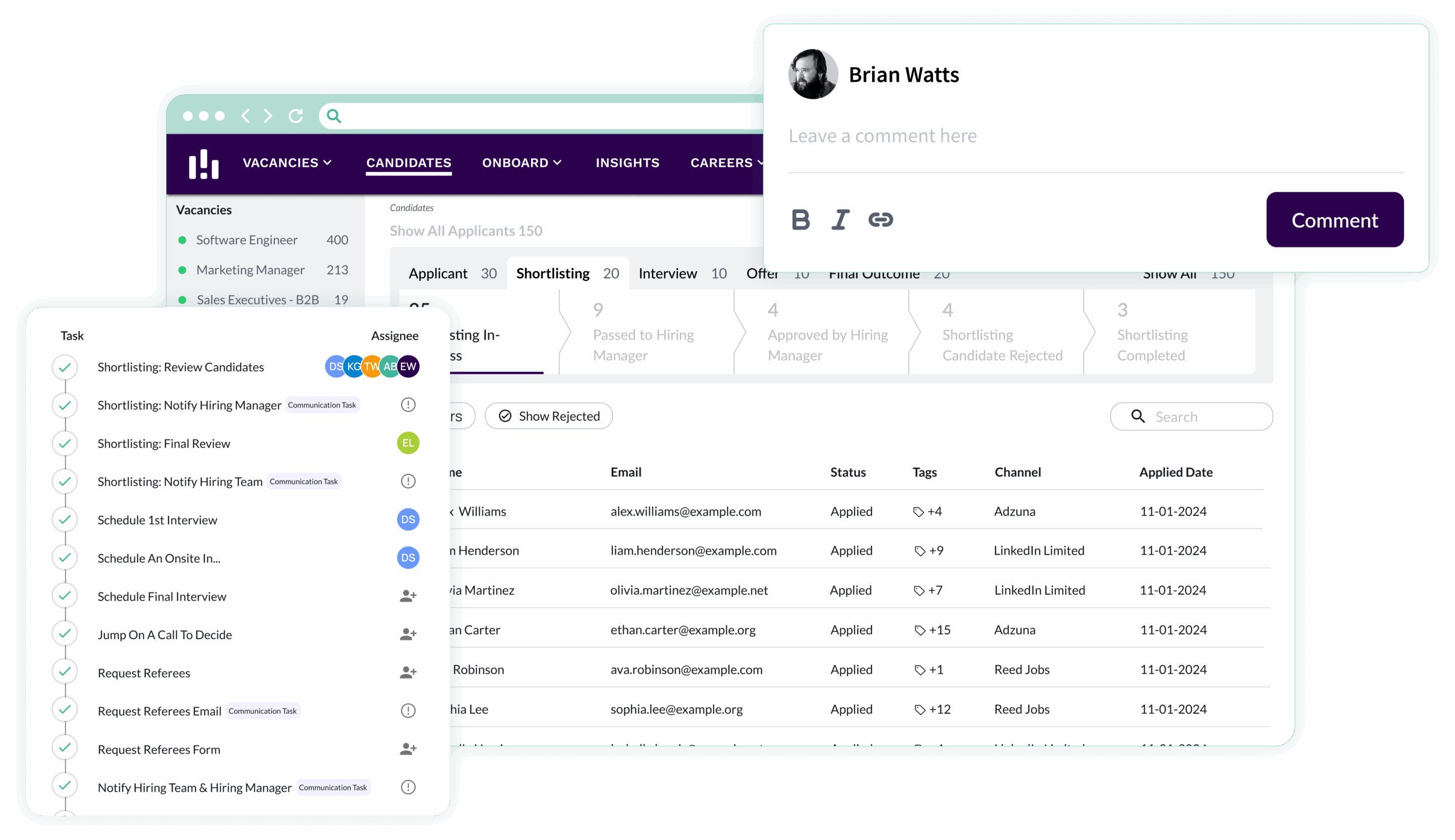
Say goodbye to disjointed hiring.

A strong employer brand starts with a standout candidate experience.
Create a modern, branded careers site that reflects who you are as an employer. With customizable layouts and a simple apply flow, Recruit helps you make a great first impression and attract better applicants.
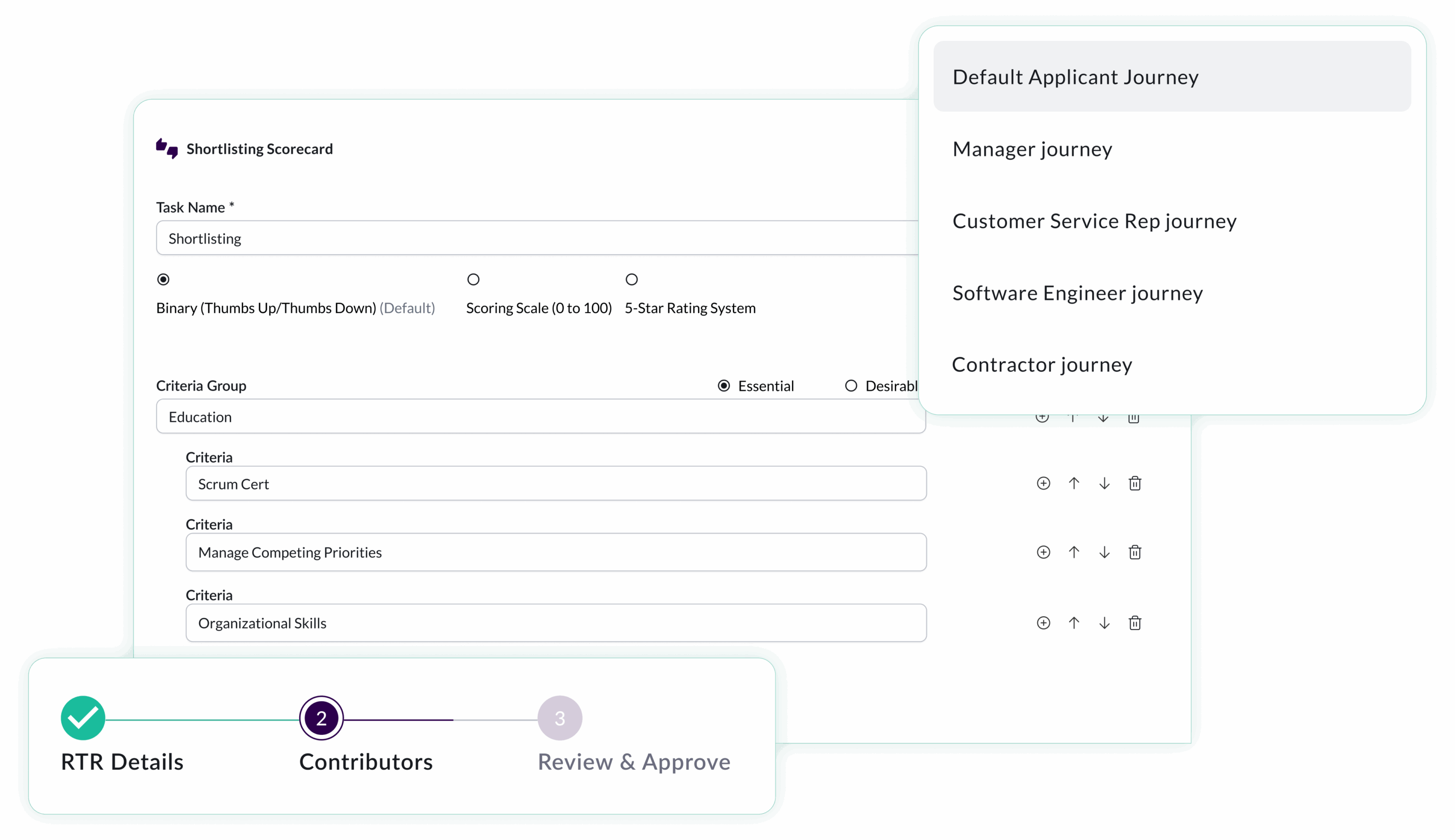
No more manual processes slowing you down.
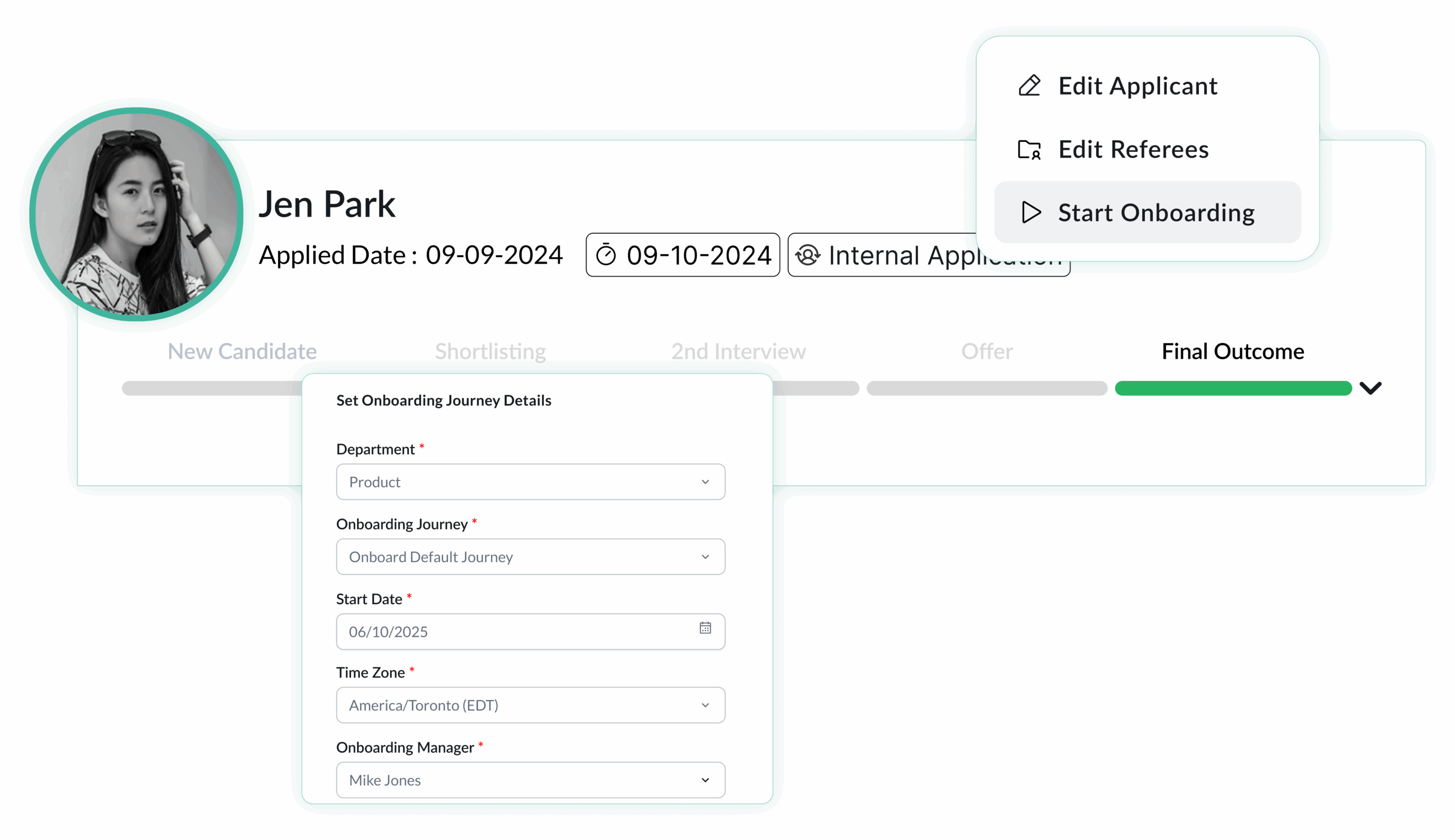
Organisations with a formal onboarding process have a 50% higher retention rate of new hires than those without (Talmundo).

Stop stressing about compliance.
Built-in audit trails, optional CV redaction, and candidate accessibility controls steps ensure fair, compliant hiring without added admin. Plus, built-in DBS and Right to Work checks make it easy to manage legal and compliance requirements in one place – no extra vendors or manual tracking.
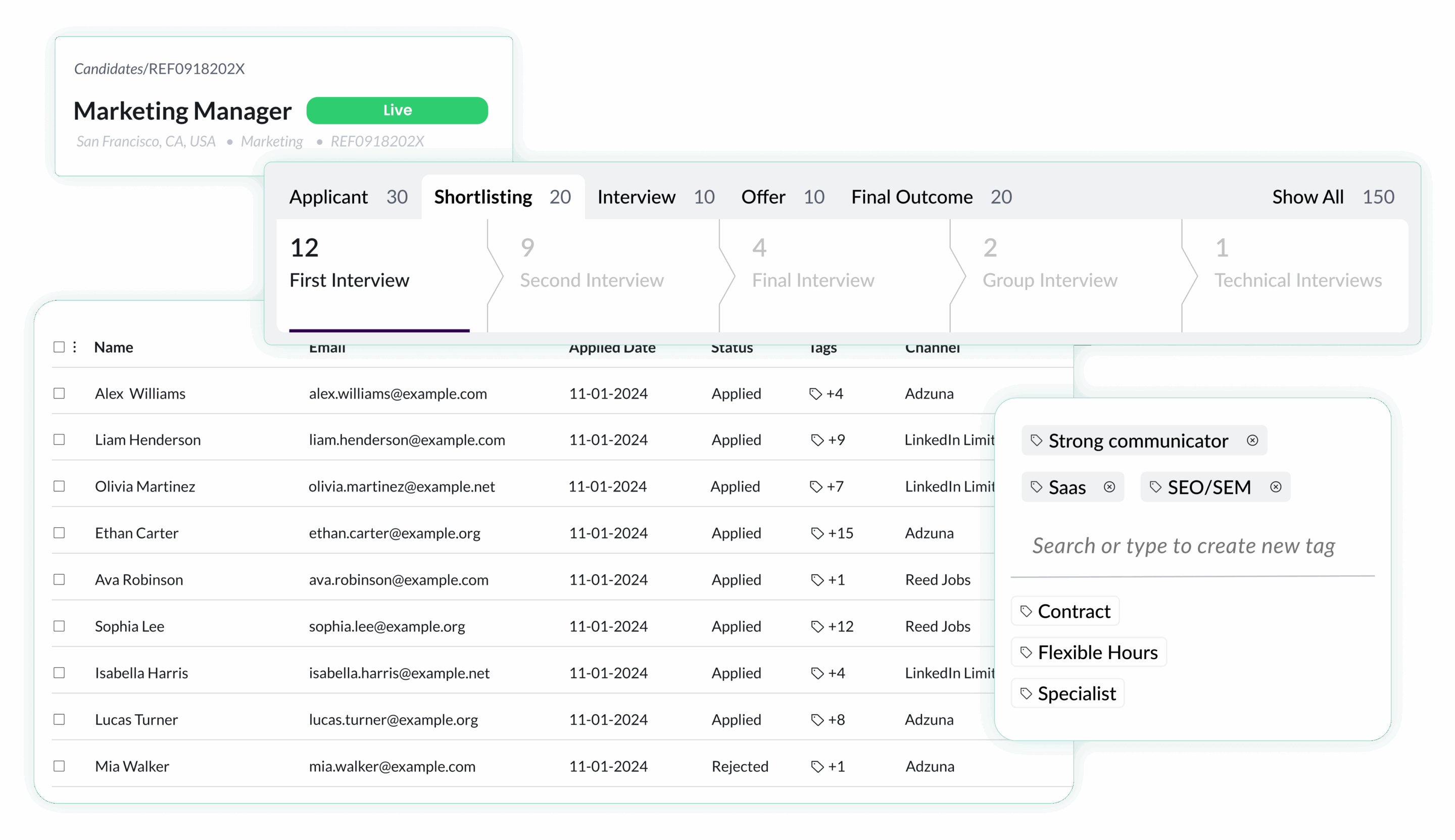
No more guesswork. Unlock visibility today, and pipeline for tomorrow.
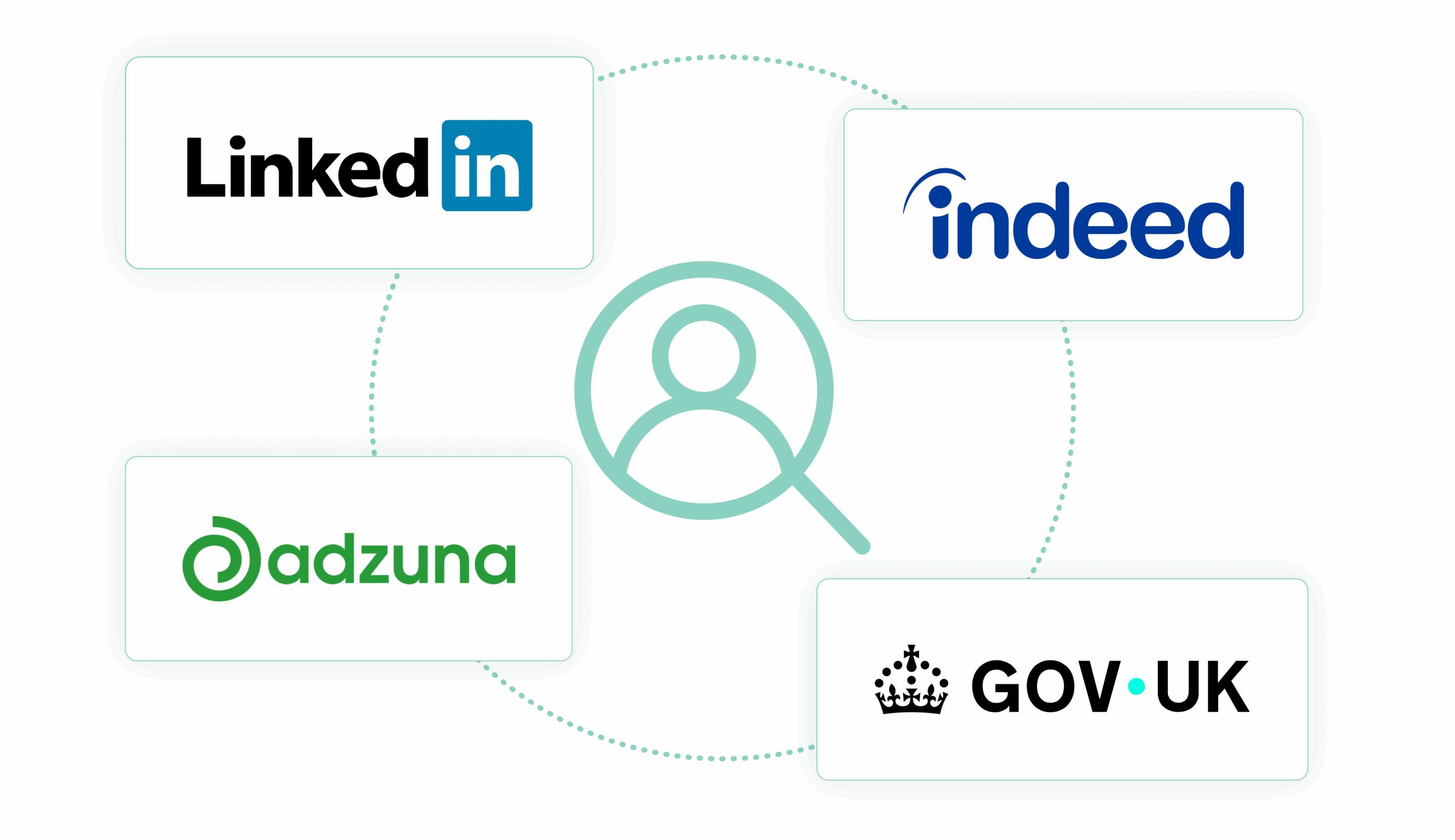
Stop hiring in a silo.
Recruit by HireRoad FAQs
Why use an Applicant Tracking System (ATS)?
An ATS helps you organize and streamline the entire hiring process — from posting jobs to managing candidates and making offers. Instead of juggling emails and spreadsheets, an ATS gives you structure, visibility, and automation so you can save time, reduce errors, and deliver a better experience for candidates and hiring teams alike.
What organisations should use Recruit?
Recruit is perfect for smaller hiring teams who don’t yet have an ATS — or who are frustrated with an old system and ready for something streamlined and future-proof. It’s designed for small and mid-sized organisations that want an easy, modern hiring solution built to grow with them.
How long does it take to implement Recruit?
Thanks to our experience and simplified setup, new clients can be up and running in days — not months. We’ll partner with you through configuration, training, and go-live to ensure a smooth onboarding.
Can Recruit ATS integrate with existing HR systems?
Yes. Recruit comes with onboarding, DBS and Right to Work checks built into the platform – meaning you can manage the end-to-end candidate experience all in one place. Recruit also integrates seamlessly with HireRoad’s other solutions – Learn (LMS) and PeopleInsight (workforce analytics) – to create a connected HR experience.
What makes Recruit unique from other ATS solutions in the UK?
Recruit combines 20+ years of recruitment expertise with modern, intuitive technology — giving you the reliability of an established provider and the innovation of a next-generation platform. Unlike many small ATS vendors, Recruit delivers a complete solution with built-in onboarding, DBS and Right to Work checks, actionable analytics, and optional CV redaction — everything you need to hire smarter, faster, and more fairly.
Additional Resources
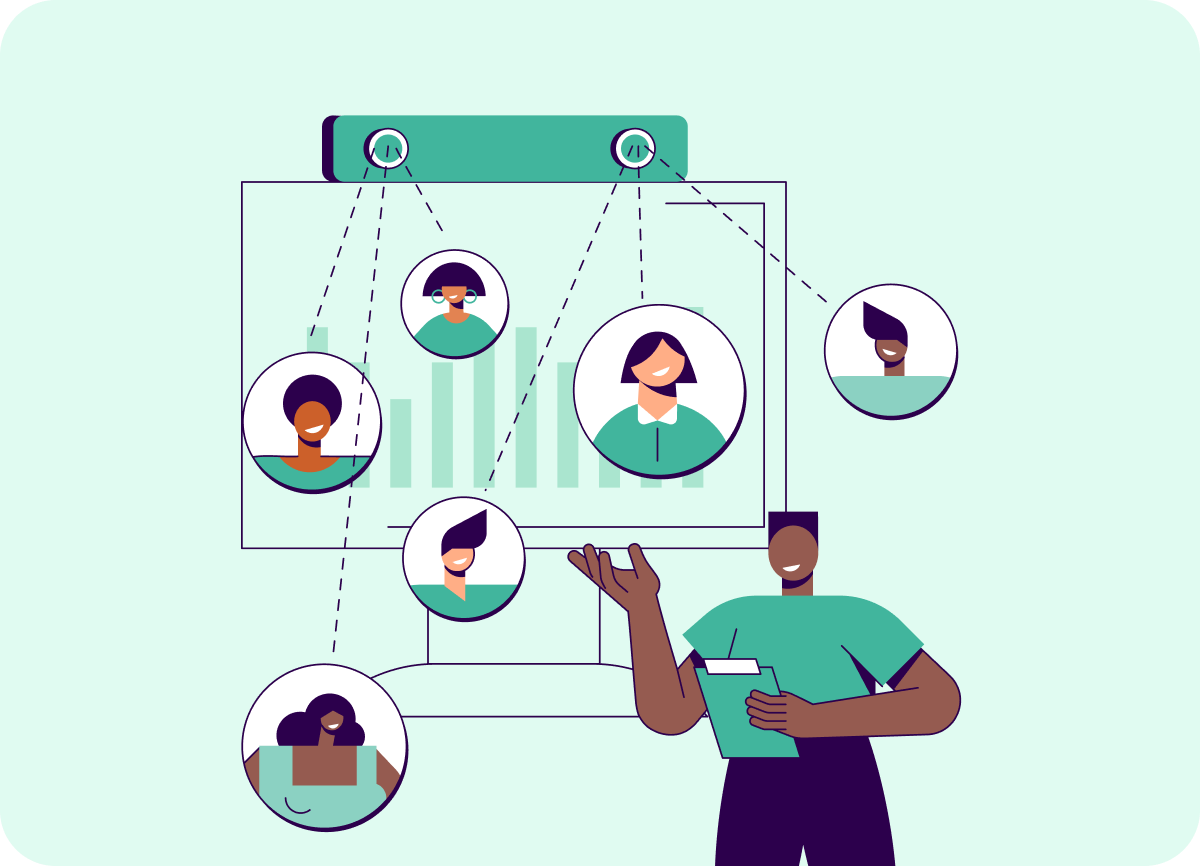
Creating Business Value through Talent Acquisition
Learn how you can evolve Talent Acquisition into a strategic capability by combining a modern ATS with people analytics.
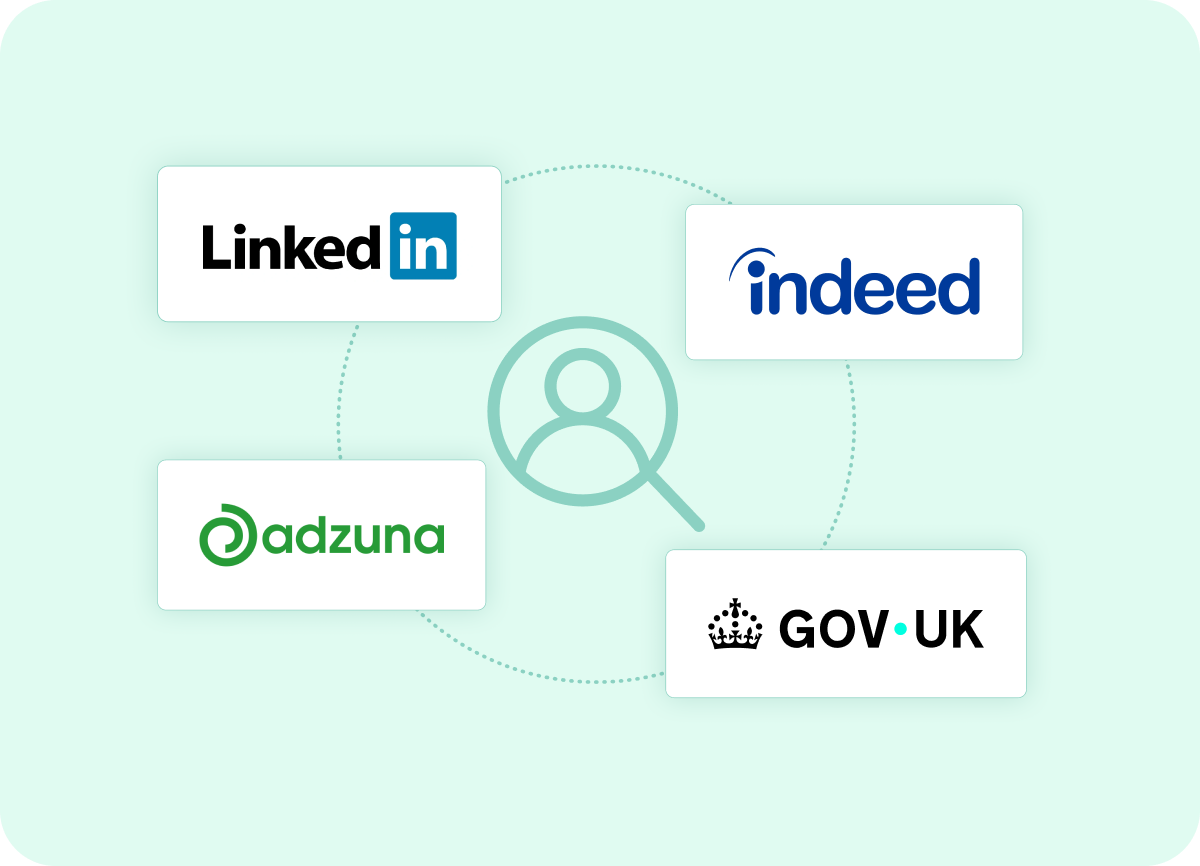
An ATS with a built-in multi-posting feature saves time and money
Discover how using a modern ATS gives you a broader reach, faster posting, fewer systems to manage, and lower ongoing cost.
Ready to upgrade
your hiring?
Let’s show you how simplicity, modern design and recruitment know-how come together in one platform.
Book your personalised demo of Recruit today.

